Container garden is a fantastic way to grow your own planted trees, even if you’re short on space for flowers and vegetable garden . Whether you have a small balcony, patio, or just a sunny windowsill, you can cultivate a variety of delicious,bush varieties,bush beans and nutritious edible plants in containers, small pots and hanging basket.
From juicy cherry tomatoes with trellis, herbs, peppers, vegetables, lettuce, spinach, raspberries, basil, peas, patio snacker, micro greens, salad leaves, parsley, and rosemary in your attractive greenhouse. Container gardening offers a versatile and convenient solution for urban gardeners and those with limited yard space.
In this guide, we’ll explore the best edible plants for containers, compost,providing you with maintenance tips and insights to create a thriving, compact edible garden that brings the joy of home-grown food and flowers right to your doorstep with more success.
Best Edible Plants for Containers
1. Summer Squash
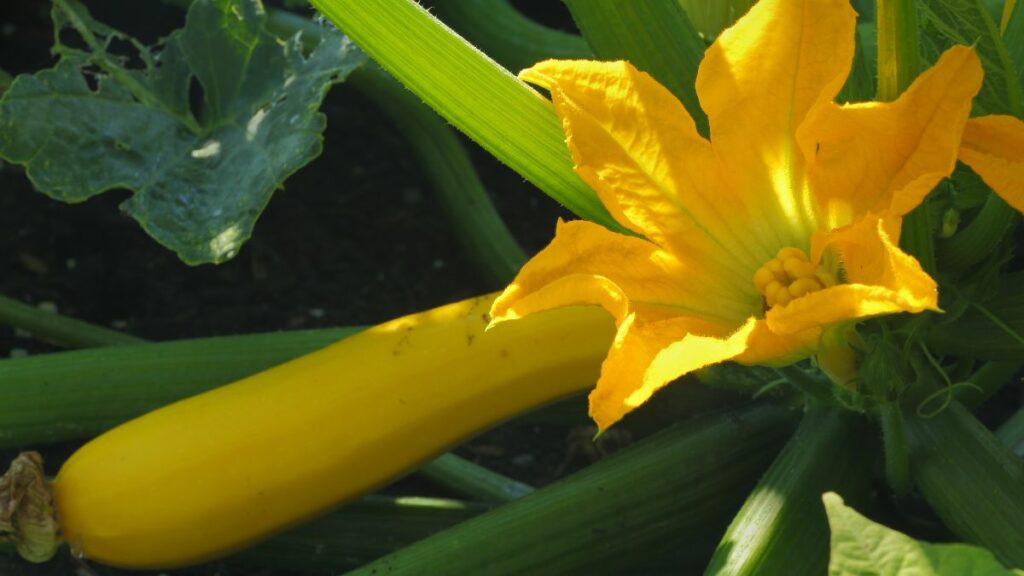
When growing summer squash in containers, you’ll need to start 1-2 seeds in small 3” pots and allow them to germinate seed. Once placed in a bright, warm location with soil that’s kept evenly moist, your summer squash will germinate in as little as a week.
Squash plants need full sun to produce. Make sure you’re planting your seeds or starts in an area with at least 6 hours of sunlight per day.Squash plants are heavy water feeders, so you should make sure they have enough soil moisture.
2. Strawberries
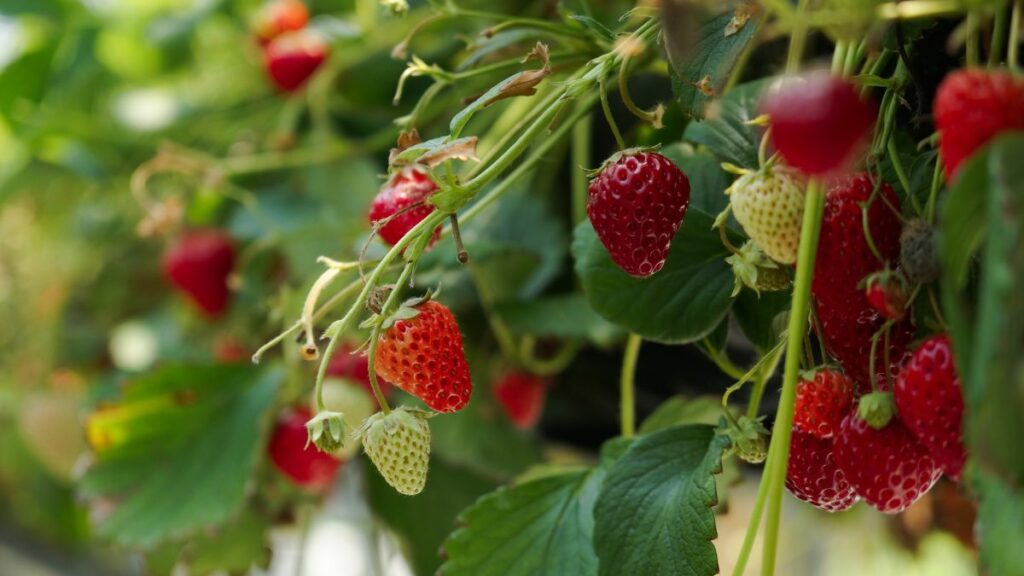
Strawberries have shallow roots so they don’t need too deep of a planter, one container enough For such fruits. They can be grown in containers as small as 10 to 12 inches in diameter and 8 inches deep. However, the smaller the container, the more frequently you will need to water.
It requires the right amount of sunlight to produce edible fruit. Ten or more hours of sunlight each day is ideal,but they need a minimum of six hours of direct sunlight each day. Before planting, garden soil test will help you find out if you need to add any nutrients to your soil. Keep your soil consistently moist, but never soggy, to promote healthy, juicy fruit.
3. Cucumbers
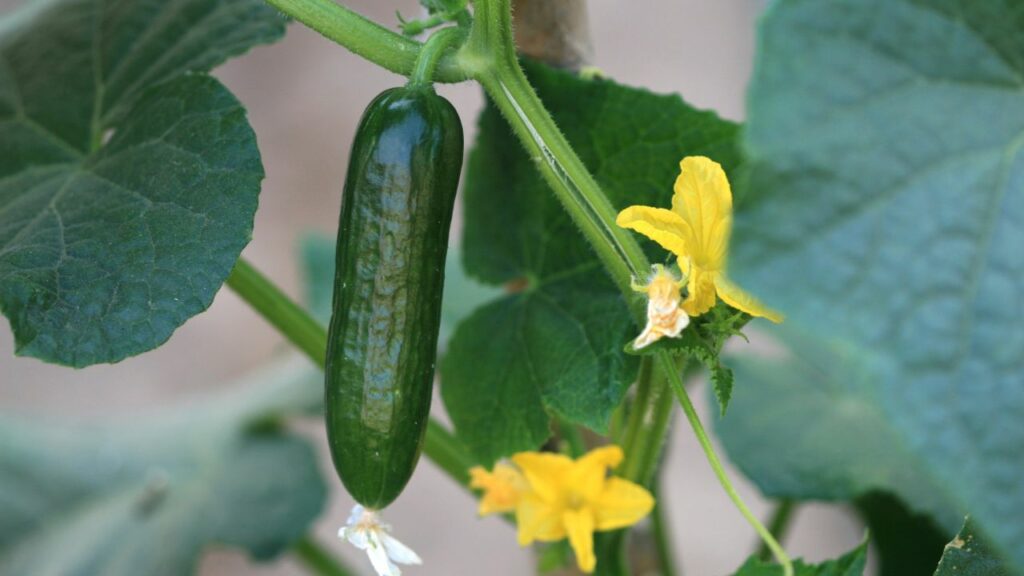
Water-loving cucumbers do best in plastic or ceramic containers and hanging baskets, whose material retains moisture. Pots need drainage holes in their bottom, and size does matter. Ideal pots are a foot or more in depth, and that size will increase your harvest. A pot that’s 20 inches wide can accommodate four to six plants.Cucumbers ripen from mid-summer to mid-autumn in a greenhouse,
The plants do not thrive in frost. Since they are a quick-growing crop, they must be well supplied with moisture in soil and plant nutrients throughout the growing season. Water is especially critical for cucumbers during the fruiting stage.
4. Potatoes
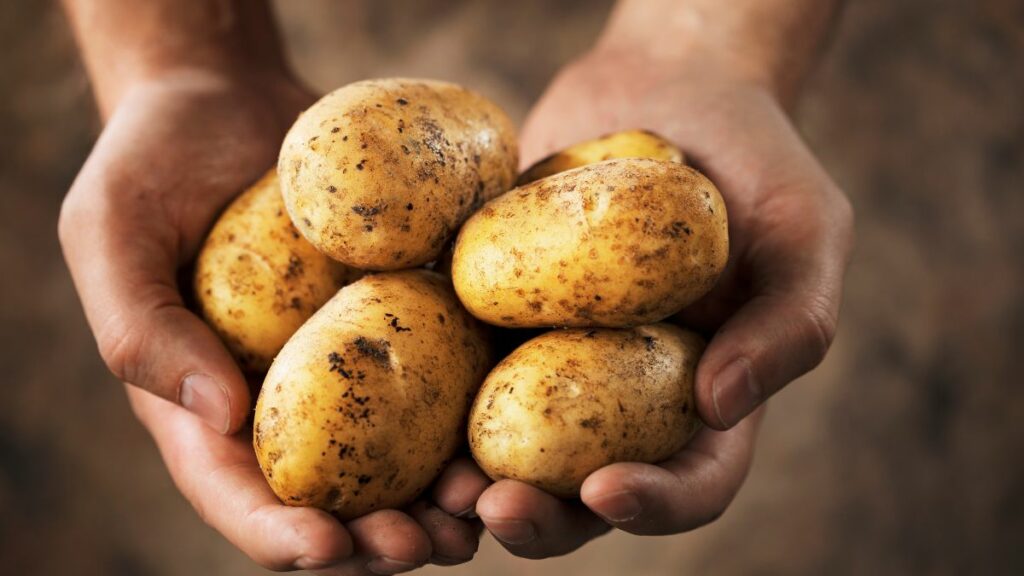
It is a container growing starchy root vegetables. They crave a drink when the top inch of soil feels like a dry martini.
Select a suitable container for potatoes. Choose a large container that is at least 40 litres with a minimum depth of 12-18 inches. This will provide enough room for the potato plants to grow and develop tubers. The container should have good drainage holes at the bottom to prevent waterlogging.
Potatoes love the sun, so plant your patch in a spot that gets a lot of natural light, where the plants will get at least six hours of sun each day.Potatoes grow best in well-drained, sandy soil.
5. Mint
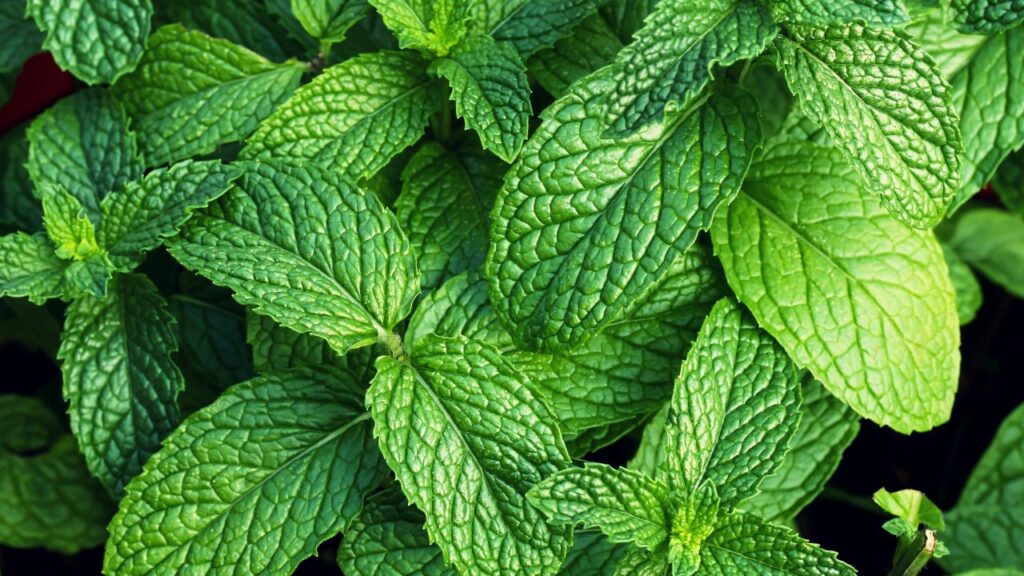
Mint is an ideal edible herb like parsley that grows well in containers or pot .So you can keep it under control by putting it in at least a 12- to 16-inch-wide pot. If you want to add the plant to a garden bed, first sink a plain, lightweight plastic container with the bottom removed into the soil so the rim is barely above ground level.
Mint-like herbs tolerate a little shade but thrive in full sunlight. Mint can tolerate a bit of dry soil but not long periods of drought. Fill a container with quality potting soil mix. Any type of container is fine as long as it has a drainage hole in the bottom and measures at least 12 inches (31 cm.) in diameter. Mix a little time-release fertilizer into the soil before planting mint and again every spring.
6. Tomatoes
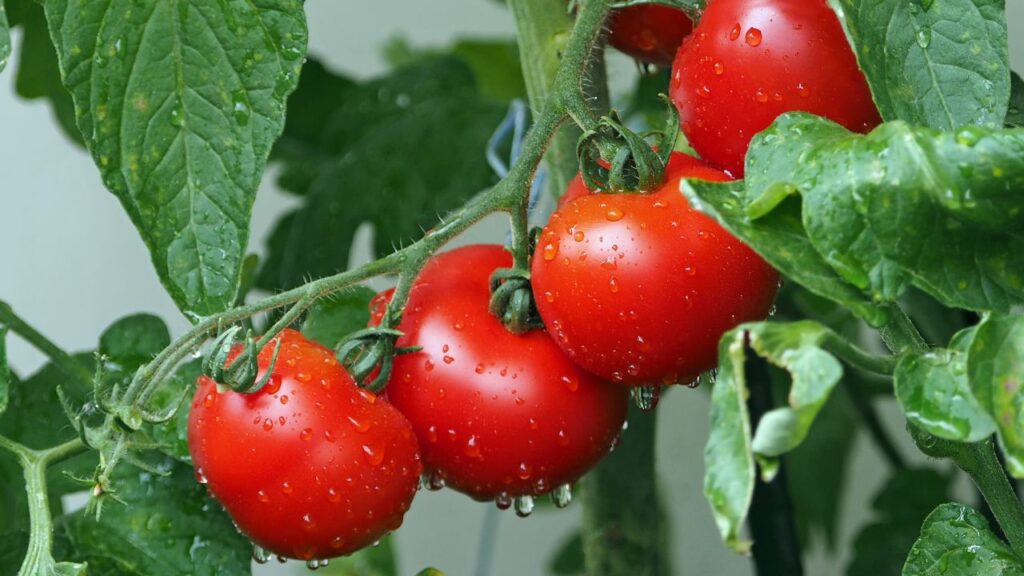
Tomato is the world’s largest vegetable crop. You don’t need a large garden plot to grow perfectly ripe, juicy tomatoes. With some large containers, sunlight, fertilizer, and water, you can plant and grow any productive tomato variety, from tiny grape tomatoes to large slicing tomato varieties, all on your deck, patio, or balcony. We can eat tomatoes as fruits or vegetables.
Tomato plants are sun worshippers, requiring a solid 6-8 hours of direct sunlight daily.Tomatoes can be grown on soil mixed with a wide range of textures, from light, sandy soils to heavy, clay soils.Tomato plants grown in containers need more water than garden tomatoes
7. Hot peppers
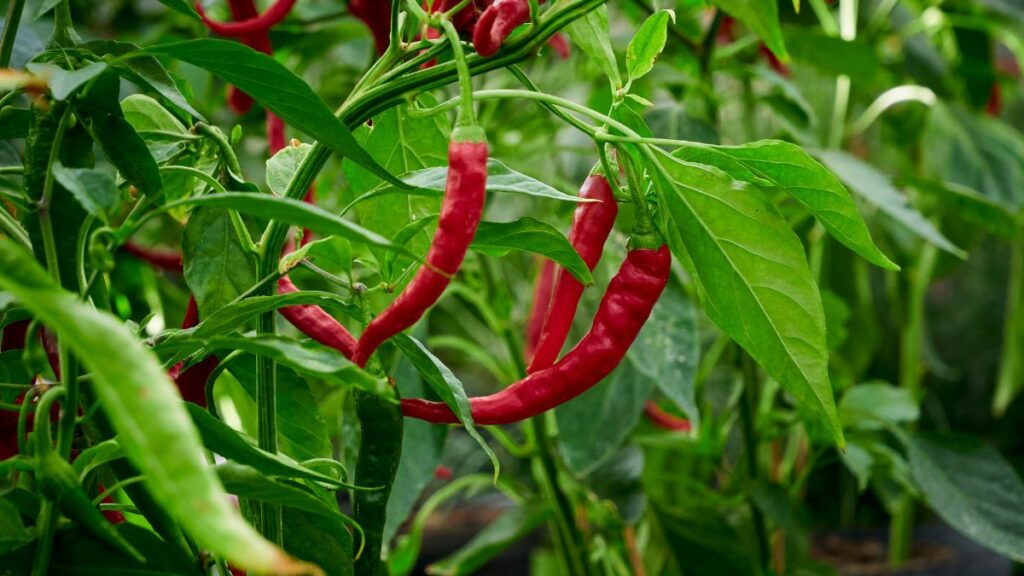
Peppers have long roots. You should choose a container that has a depth of 20 to 40 cm, or even more. Don’t worry if your plant seems a little lost in its pot at first, it will only be temporary. Also, make sure your container has drainage holes that allow excess water to drain away effectively.
Peppers require consistently moist soil, and container-bound plants generally require more frequent watering than those in the ground. Plan on watering daily, especially in midsummer. Before watering, check the soil; you’ll know the plant needs water if the top inch of soil is dry. Peppers need at least six to eight hours of full sun during the growing season.
8. Salad Greens
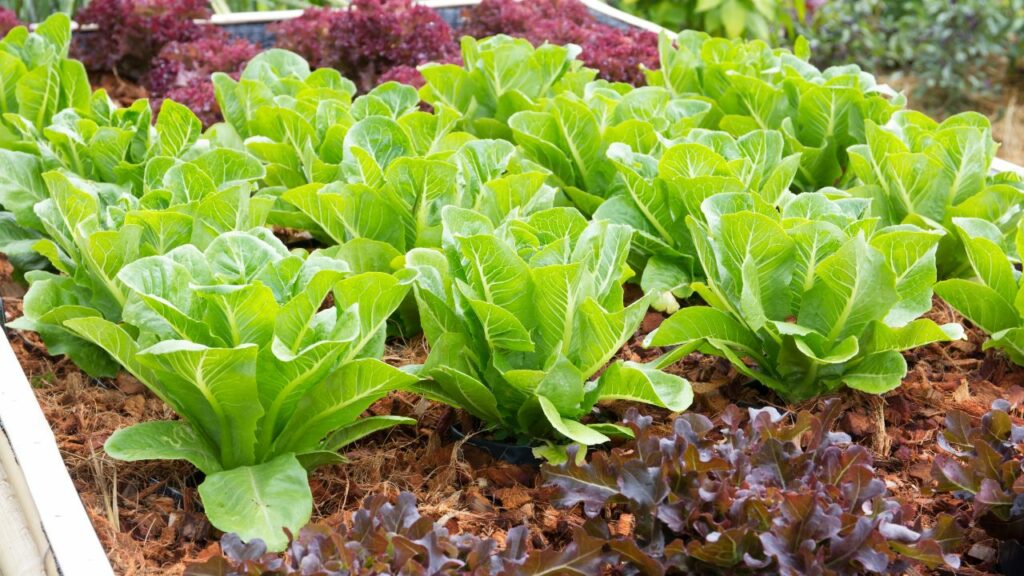
Lettuces plant is small little gals with shallow roots. Your container needs to be at least 6 inches deep, but I recommend going for one that’s a foot deep and at least a foot wide so that you can grow several different types of lettuce in container.
Salad greens require moist, but not soggy soil. Young plants will be shallowly rooted and should be watered once the top half-to-one-inch of soil dries out.Leafy greens can get by on part sun/part shade – 3-4 hours of direct sun is best.
9. Blueberries
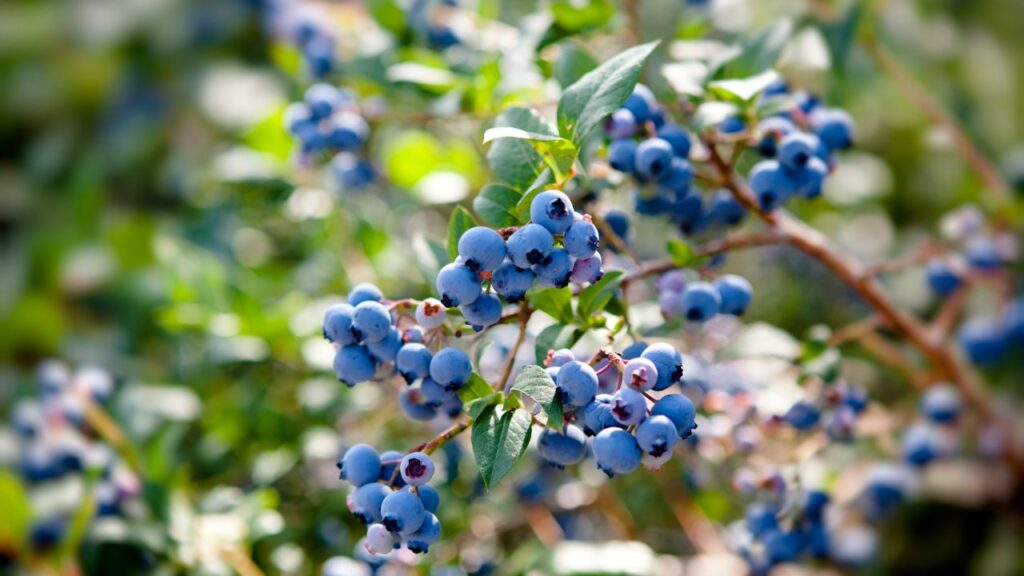
To accomodate blueberries or raspberries use a container with a depth of at least 46 cm. Fill the container about two-thirds with a potting mix formulated for acid-loving plants like rhododendrons, camellias or azaleas. This is important because blueberries need acidic soil.
Blueberries or raspberries grow best in full sun. Plants will tolerate partial shade, but too much shade causes plants to produce fewer blossoms and less fruit. Avoid areas surrounded by trees. Trees provide too much shade, compete with plants for water and nutrients, and interfere with air movement around plants in container garden.
10. Eggplants
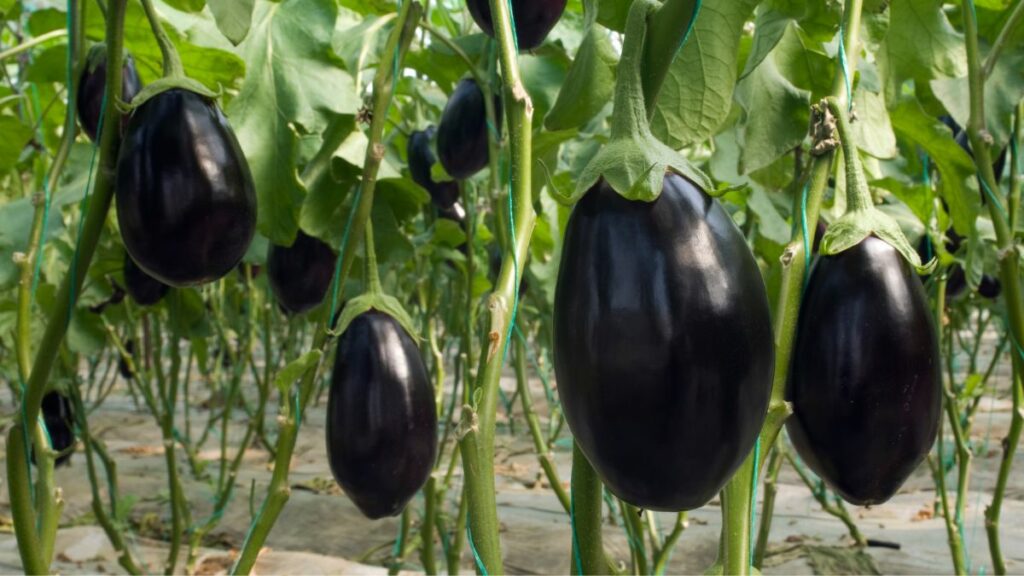
Eggplants in pots are as easy to grow as tomatoes in pots. They need large enough containers to support the roots of such a heavy plant, a well draining medium, extra food and consistent water and, of course, the right container.
Plant the eggplant seed in a sunny spot, a place that gets between six and eight hours of enough light . The garden soil should be well-draining and amended with plenty of compost. Eggplant grows best in soil with a pH between 5.5 and 7.0, which is a range of slightly acidic to precisely neutral.
Conclusion
In conclusion, growing edible plants as container plants or fruit trees in planters offers a versatile and rewarding way to cultivate fresh varieties, regardless of the space available in planters. Whether you have a sprawling garden, a modest balcony, or just a sunny windowsill, container gardening empowers you to enjoy the benefits of homegrown fruits, vegetables, and herbs, even in winter.
This method is not only convenient but also allows for greater control over soil quality and plant health, reducing the risks of pests and diseases. With the right containers, right soil, and care, anyone can create a thriving, productive beautiful kitchen garden that absolutely contributes to a sustainable lifestyle example and a nutritious diet. Embrace the joy of container gardening and savor the taste of your own homegrown harvest edibles.
















